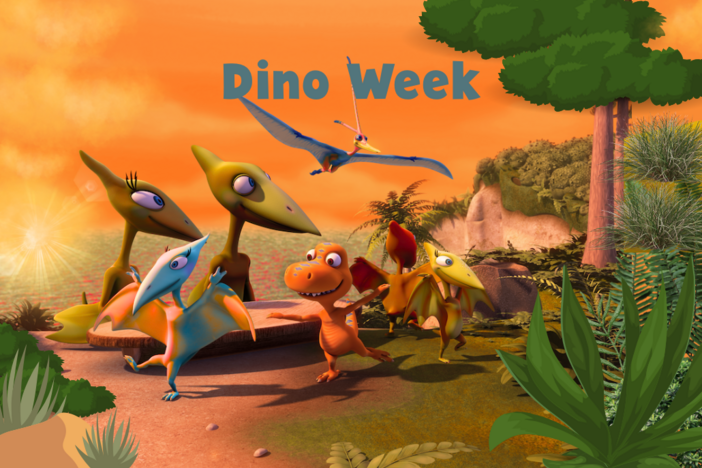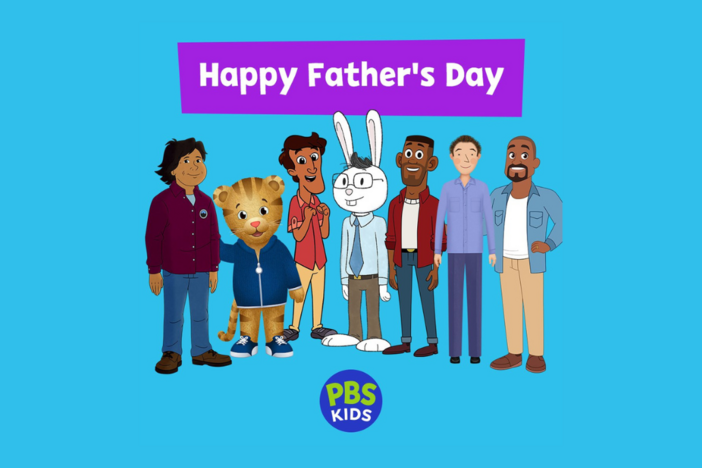
Section Branding
Header Content
An Introduction To Digital Literacy
Primary Content

Just because our students are "digital natives," does that mean they are digitally literate? And what does digital literacy entail, anyway? Is it the basics of coding to understand how programs and apps are built? Or more engaging digital citizenship? These are clearly important aspects of literacy in the digital age, but what about an understanding of digital media and how it constructs meaning? Surely some combination of these concepts is suitable. Yet, increasingly educators are concerned with students’ ability to, as New York State's Department of Education argues, “find and evaluate information, connect and collaborate with others, produce and share original content, and use the internet and technology tools to achieve many academic, professional, and personal goals.” So, how do we go about such an undertaking? For a great list of resources, have a look at Education World. To get more focused, let's explore a little.
Some form of a digital literacy curriculum should include weighting towards citizenship, safety, and foundations, but also utility. Technologist Kathy Schreck has identified thirteen areas of literacy for the twenty-first century. Schrock's model combines traditional foundations with skills involving tools, information processing, media, and even certain content areas like economics and civics.
The idea that we need to bring students up-to-speed with the fast-paced world of today is in contrast to the notion that we cannot know what the world of tomorrow will require and bring, so students must be adept at deriving the skills they need as dictated by future trends. Such an approach has been advanced at the highest levels of the United States government, called "future ready," and is an entire rethink of the how schools operate and educate.
If we want to be effective in our implementation, the programs, tasks, and competencies must be relevant. To empower students to be more capable of negotiating this brave new digital environment, practicality is key.
- For a deep look at what lessons might look like, how to run them, and what the takeaways should be the Teaching Channel is a great source.
- Need simple ideas for getting started? Check out EdSurge, trusted for their take on education technology.
- Publisher EdWeek supports teachers who wish to take on developing their own curriculum by covering what digital literacy looks like in the classroom.
- The National Telecommunications and Information Administration is a one-stop location for everything from basic skills to tools and job skills essentials.
- For simple resource lists, a guide for students, and trends for teachers to stay-up=to-date on academic research and new developments check out Cornell University.
- EdTech magazine has a more rigorous approach, especially for more advanced students.
Stay tuned for part two of this post. We'll explore projects and implementation ideas for promoting greater digital literacy across the curriculum as well as in specific content areas.






